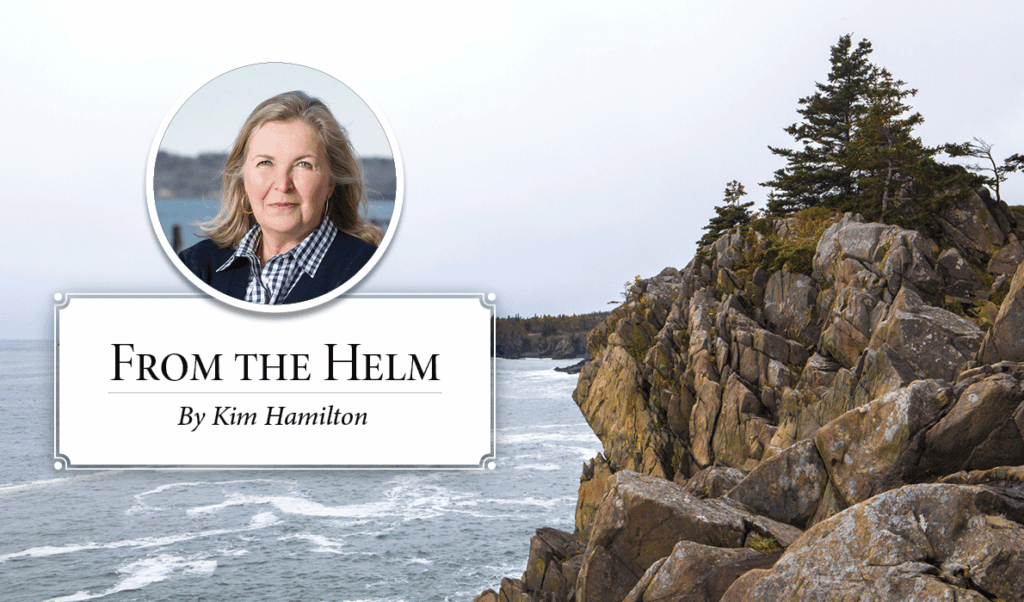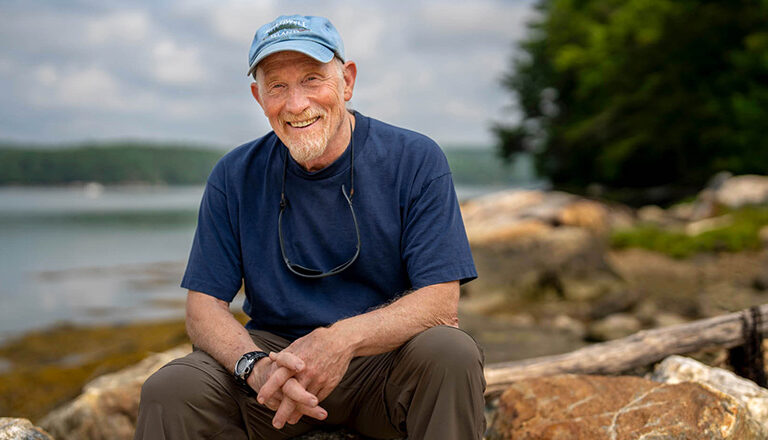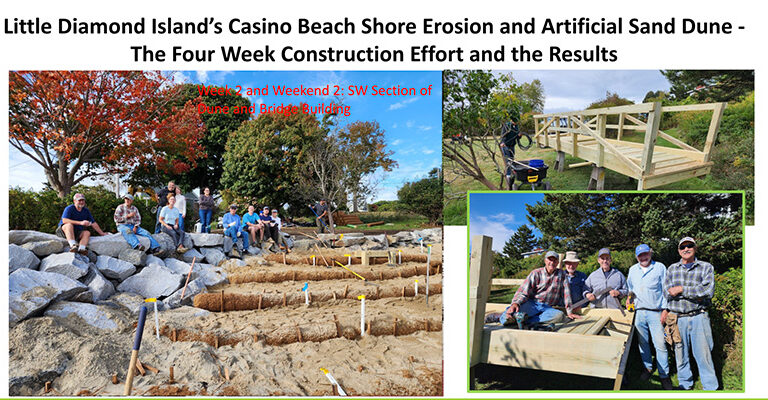I’m fascinated by working waterfronts—those extraordinary places along the Maine coast that link coastal communities to global trade, connect people to the ocean and good food to our tables, and provide a window onto our heritage and our future.
These places also happen to be endangered.
Here’s the problem: capturing public attention, investments, appreciation, and awe for the working waterfront is surprisingly challenging. It’s not cuddly. On its best days, it’s busy, fishy, and filled with the noise of livelihoods in the making. In a howling storm, it’s undeniably dangerous.
Capturing public attention, investments, appreciation, and awe for the working waterfront is surprisingly challenging.
A friend recently suggested we need our own approachable, well-known animal as a symbol of our hopes and dreams for the working waterfront. Think of the dolphin, monarch butterfly, or bald eagle—creatures that encourage people to open their minds and wallets.
Many would say we already have that powerful messenger: the lobster. It is iconic—our own charismatic, aquatic arthropod with its lovely carapace, sensitive antennae, and powerful crusher and pincer claws. It says that the working waterfront matters.
But, despite the persuasive power of the lobster, Maine’s working waterfronts continue to disappear.
For personal reasons, my thoughts go toward the people whose lives center on the working waterfront and those whose careers expand from there. The fishermen and sternmen, yes, but also the oyster and scallop farmers, chefs, food processors, pilot boat captains, gear manufacturers, boat builders, and more. These are the faces of today’s maritime economy.
I’m biased, though. Not because I don’t love lobster—I do. But because my now 96-year-old father spent his career working on a pier, and I had a close-up view. It was the place where he once docked a ship in a nor’easter when the wind chill factor was 60 below. As he told me matter-of-factly, “You can’t change shipping because the weather is bad.”
That pier was a global crossroads, with ships carrying crews from Venezuela, Norway, India, Aruba, and beyond. The team docked ships 24 hours a day, seven days a week, depending on the tides.
It was demanding, carefully practiced work. Three men forward and three men aft would take the heavy, manila rope from the ship and hook it to the bollards. And they were just getting started.
More personally, the working waterfront put me through college. Without my father’s job, combined with my mother’s, the likelihood of higher education would have been greatly diminished for me and my brother. I am grateful for working waterfront jobs and what they make possible.
I asked my father recently what would happen if the working waterfront disappeared. He paused for a moment and said, “You’d lose a lot of jobs and income. Activities would shift to another port. If you lose all of those, you’ve lost a way of life.” Then he thought a little more and added: “You need the waterfront to sustain life.”
There it is. An essential kernel of truth: our working waterfronts sustain life and sustain livelihoods.
This is why Island Institute has launched a new Working Waterfront Fund to support our work with communities to protect shoreside access, strengthen the infrastructure that underpins the last 20 miles of working waterfront shoreline, invest in renewable energy solutions, and build new and necessary skills.
It’s a big bet, and it’s also deeply personal to me. In my father’s words, “It’s the waterfront. It’s where it all happens.” But we need to fight to keep it that way. Please join us. Learn more and support Maine’s working waterfronts.
Kim Hamilton is president of Island Institute, publisher of The Working Waterfront. She may be contacted at khamilton@islandinstitute.org.





